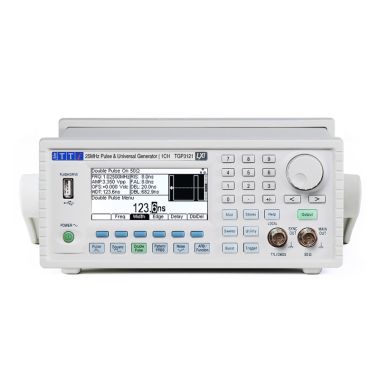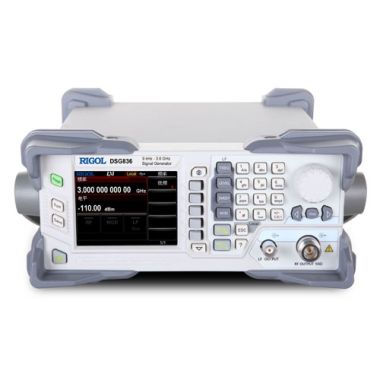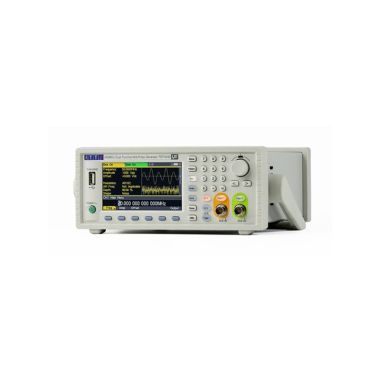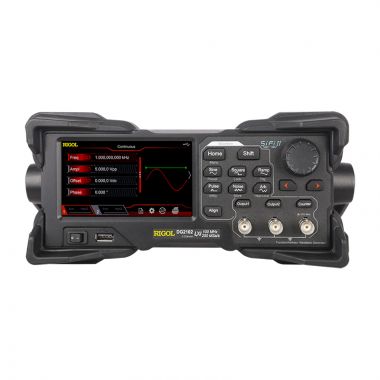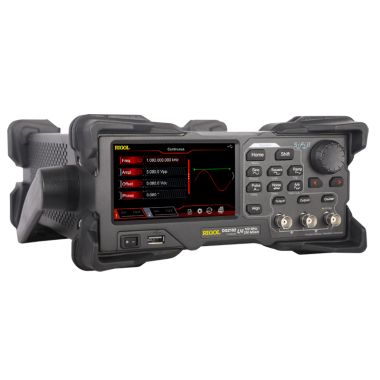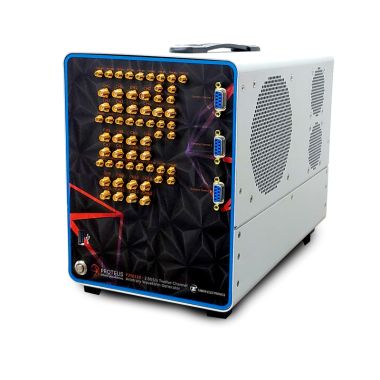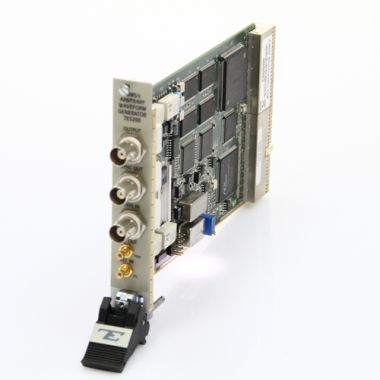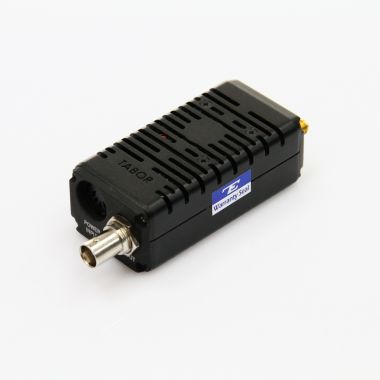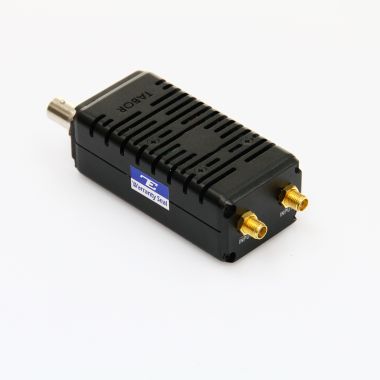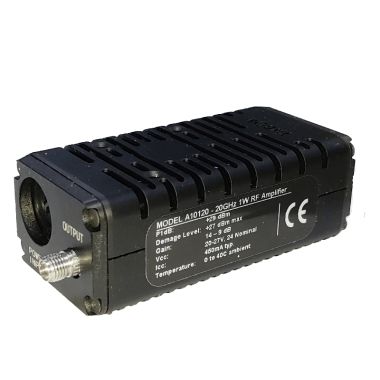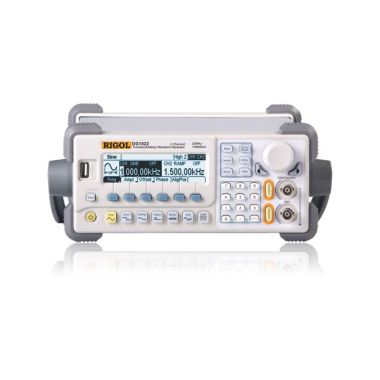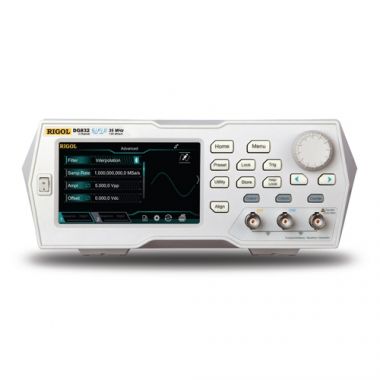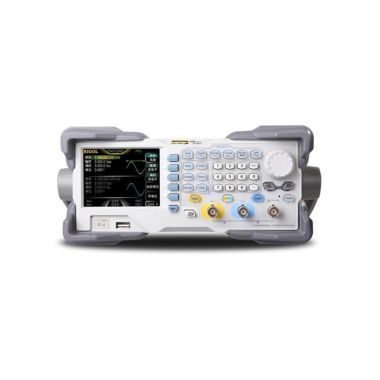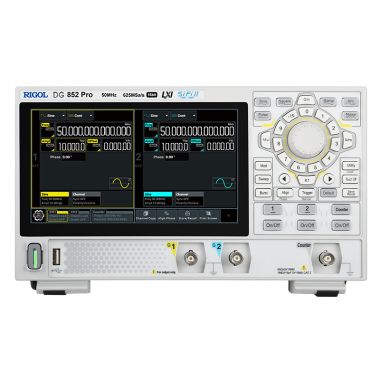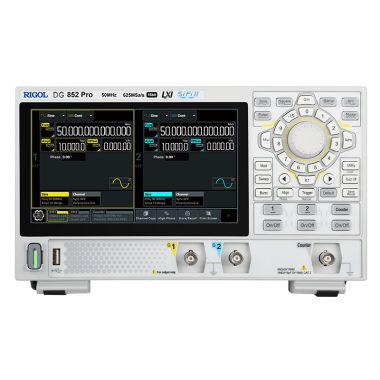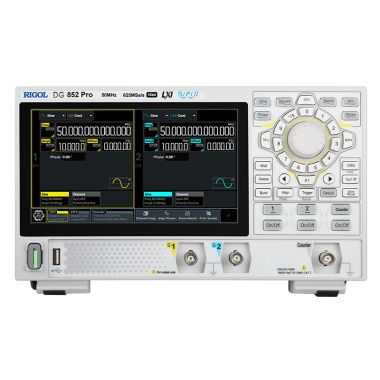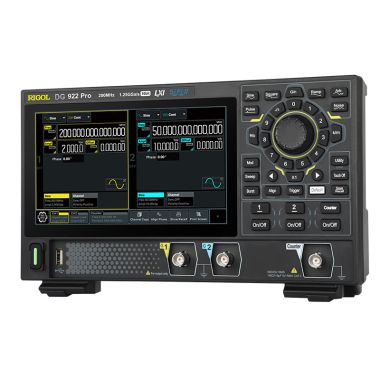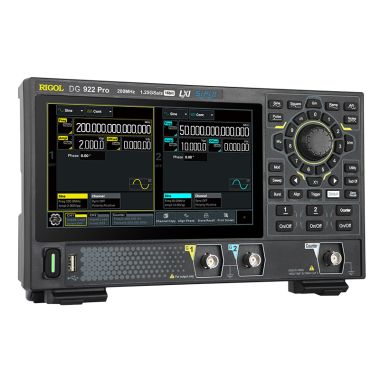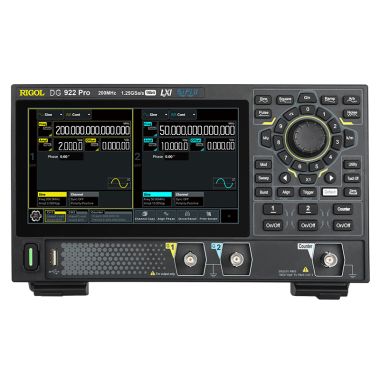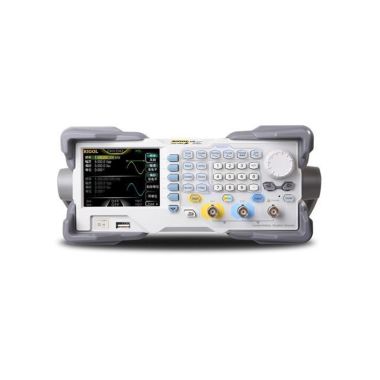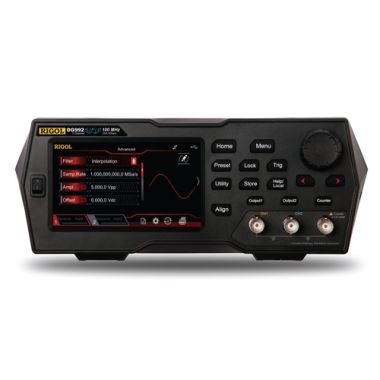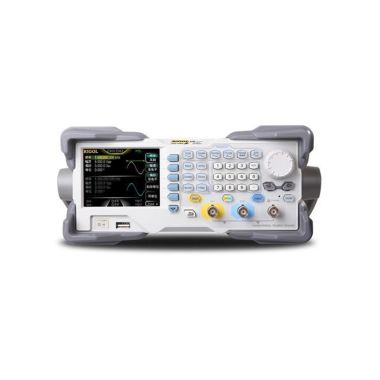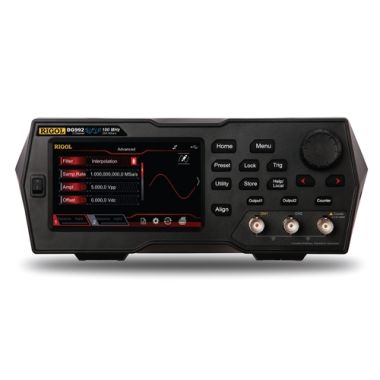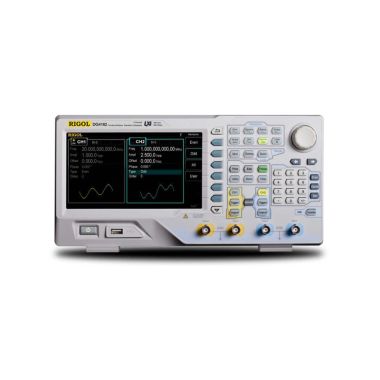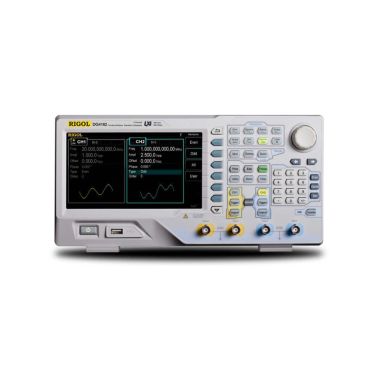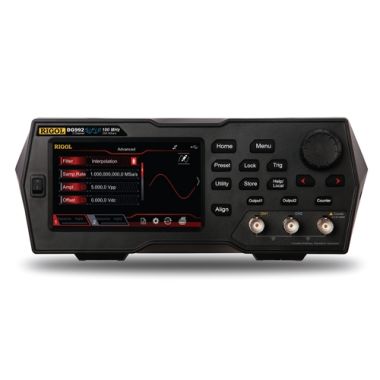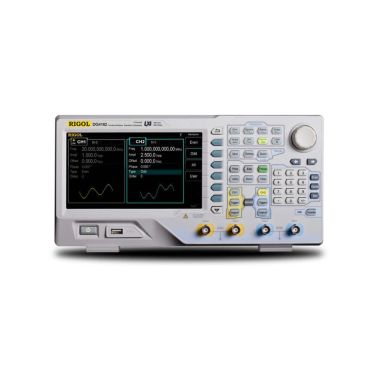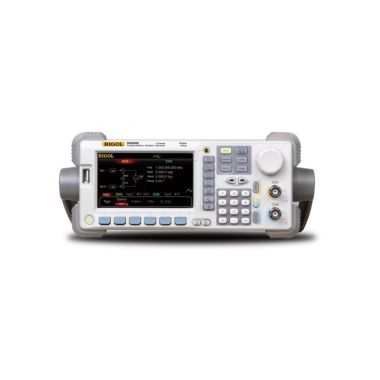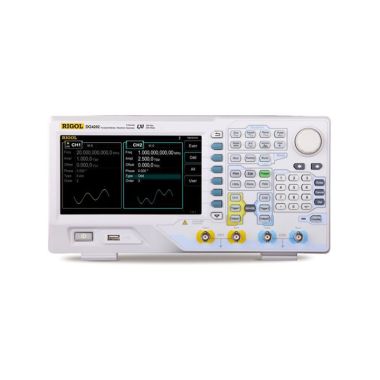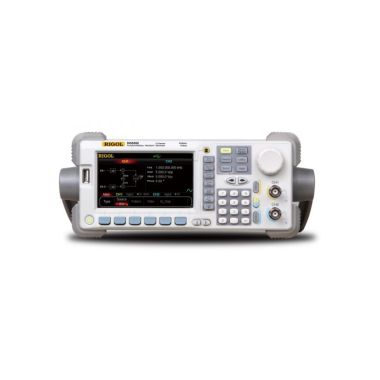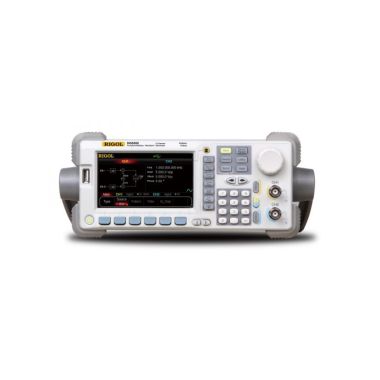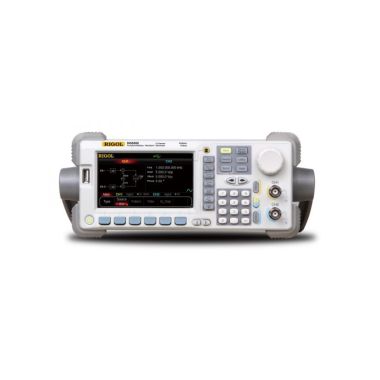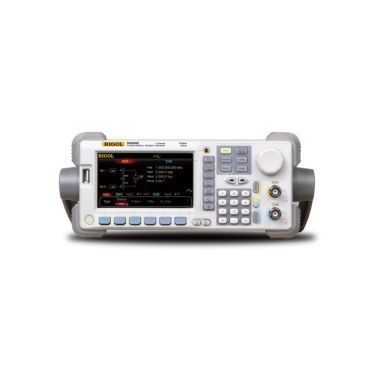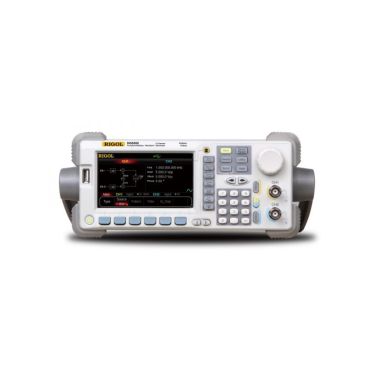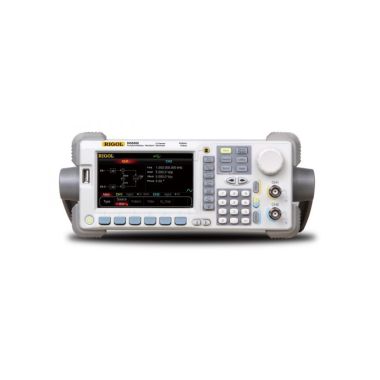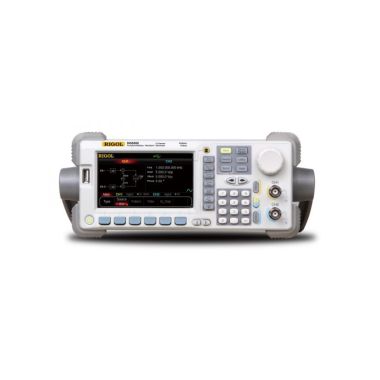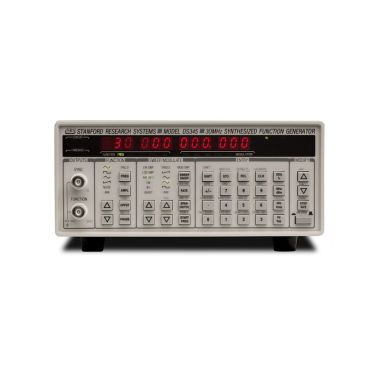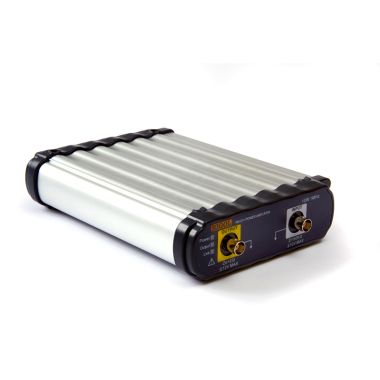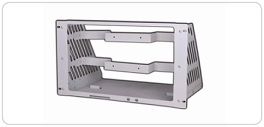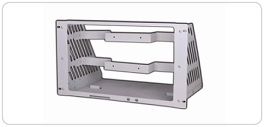Tabor Electronics Quantum Physics Starter Pack. 1, 2 & 4 Qubits
Do you want to reduce your Quantum experiment costs, and make your budget go further? Tabor Quantum Solutions Enabling Quantum Technology:
- Nuclear Spectroscopy
- Quantum Gate Control
- Open-Source FPGA Architecture
- Quantum Gate Control
- Quantum Control Instrumentation
Book a demonstration unit now – and be performing Quantum Characterisation in an hour!
B Proteus Benchtop P9086B
Tabor Electronics have been a leading manufacture of high-performance arbitrary waveform and pulse generators for over 50 years. The latest line of CW waveform generators and 16-bit arbitrary waveform generators and transceivers focus on simplifying Quantum control. We can offer the following starter packs, or we can discuss implementing higher Qubit count and readout in a low cost per cubit platform.
| 1 Qubit system | Proteus P1282D + Lucid LS1291D | 73594 |
| 2 Qubit system | Proteus P1284D + 2Lucid LS1291D | 73595 |
| 4 Qubit system | Proteus P1288D + 4 Lucid LS1291D | 73596 |
The above desktop systems are also available in benchtop and PXIe for higher channel count.
Learn more about the Tabor Quantum Starter Pack via the video below:
Potential of Quantum Physics in Transforming Future Technologies
Quantum physics is the theory that deals with the quantized properties like the energy and angular momentum of small particles such as electrons, atoms, and molecules. Understanding these properties is critical in designing and developing quantum computers and other applications, which differs significantly from the classical systems in use today.
Ideally, quantum computers have the potential to deliver higher speeds and processing power than today’s powerful classical computers when solving complex problems in science and other critical applications. Although several technology companies and institutions have developed prototype quantum systems that outperform classical models, they require more research to produce practical and commercially viable products.
That said, a wide range of quantum experiments are ongoing, and the arbitrary waveform generator (AWG) is playing a major role.
Done well, quantum-based products such as computers, sensors, and others can help to address a wide range of technological challenges and solve complex industrial and scientific problems.
Quantum Bits
A quantum bit or qubit is the mechanical equivalent of the classical bit (binary digit) in standard computing systems. However, unlike conventional computers where the bit can only be a logical one or zero, the qubit has three possible states, the usual one and zero, and an additional superposition state in which the one and zero are active simultaneously.
Additionally, the quantum bits have several unique and superior properties that enable them to provide more opportunities and the ability to tackle complex problems better than classical computers. In particular, superposition, entanglement, and interference concepts provide further enhancement that significantly increases the computing power and accuracy of the systems.
At the superposition state, the qubit performs two calculations simultaneously - hence increasing the processing speed by two. Additionally, quantum entanglement allows computers to use dozens of linked qubits to solve complex problems that classical computers cannot. The computational power and speed of quantum processors increase exponentially with the number of qubits, unlike classical computers where change is linear. As such, quantum computers can provide higher processing powers that surpass by far even today’s most powerful computers.
Theoretically, quantum physics and computing provides an attractive array of potential applications that would solve challenges current systems are incapable of addressing. However, leveraging this power and perform logical operations requires developing technologies to control and manipulate the qubit’s states.
As quantum computing advances, more and more companies are performing a wide range of studies and experiments as they develop innovative solutions.
Quantum theories and experiments
The quantum mechanics theory has conceptual and mathematical aspects and has been instrumental in explaining and predicting a wide range of atomic and subatomic properties. In particular, the state of a quantum particle is indeterminate, and its exact position depends on the time of measurement. Generally, the superposition state can take any possible phase value between 0 and 360 degrees.
Generally, a thorough understanding, experiments, and proof of concepts are critical in developing quantum-based products. To study the properties of these objects, which are invisible to the naked eye, researchers often rely on precision test instruments, such as arbitrary waveform generators, transmitters, receivers, advanced processing systems, and more.
Usually, validating most of the physics theories involves carrying out various experiments to find out how components or materials behave under certain natural and artificial conditions. However, natural conditions may not always be available during the test time. Luckily, researchers can use signal generators to produce to mimic the expected or natural conditions.
As the companies compete to lead in the quantum revolution, they require reliable test, measurement, and analysis equipment. Accurate results are paramount in ensuring that the researchers provide reliable products.
In practice, controlling the quantum bits or carrying out the qubit measurements requires specially defined signals such as arbitrary waveforms. Towards this, technology providers have built supporting technologies that enable researchers to detect and manipulate or control quantum objects.
To simulate known, complex, and unknown signals, researchers rely on arbitrary wave generators. Once the equipment generates the required waveform, they feed it to the prototype for analysis or manipulation. Afterward, the effect of such a signal is analysed and the outcome assessed.
Role of Arbitrary waveform Generators in quantum physics
An Arbitrary waveform Generators (AWG) is a signal source that can generate almost any type of waveform based on the defined wave points and properties such as desired voltage levels at specific times. Once set, the output will follow the set voltages levels at specified times and can thus jump from one desired point to the other. Although similar to the standard function generators, the AWGs offer a higher level of control and flexibility in the waveform definition and generation.
For most applications, the function generators are adequate since they can provide the standard waveforms such as sine, square, and triangle. However, the scientific, communication, medical, aerospace, astronomy, and other critical applications require complex waveforms beyond what a functional generator provides. And the arbitrary waveform generators are best suited for these applications since they can produce a variety of signal types, hence enable a wide range of tests.
Generally, the AWG differs from the functional signal generator in that it allows users to define the type of output waveform. Typical waveforms can take different forms. Some are repetitive, while others are single-shots and produced by internal or external trigger signals. The ability to control the instrument to provide almost any complex waveform makes it ideal test equipment.
Additionally, their sampling rates, high output signal quality, analogue bandwidths, and other features make them suitable for RF applications, where they can replace some of the traditional RF generators. Function generators, for example, have limitations such as only a few types of waveforms they can produce, narrow frequency range, supports only a few outputs, etc.
Most often, the AWGs will only generate arbitrary waveforms. However, some models combine both the arbitrary and functional generator options, hence capable of also producing the sine, square, triangle, and other standard waveforms.
In a typical experiment, researchers often inject the AWG signal into the system or device under test (DUT). They then analyze the waveform as it passes through the DUT, and this allows them to prove if their theory is working practically.
Besides the generation, advanced quantum measurement instruments such as Arbitrary Waveform Transceivers provide various inbuilt functions that reduces the number of external components and integrations. Consequently, this reduces a wide range of interconnection and integrations issues such as noise, coupling, incompatibilities, and other challenges that impact the accuracy of the results.
Choosing an Arbitrary waveform Generator
Ideally, the AWG provides the necessary signals, however complex to test and validate new products and systems in development. Today, there is a wide range of AWG products, and these may differ in terms of accuracy, resolution, bandwidth, output ports, and more.
While the AWG design differs in architecture and performance, there are some basic features that a good product should have. Choosing the right instrument is critical in ensuring the accuracy and success of the tests.
The basic building blocks of an AWG include a clock generator, a digital to analogue convertor (DAC), a low pass filter and the output amplifier. It also has a processor, memory, a sequencer and an external trigger system.
In a typical generation process, a waveform sample from memory flows into the DAC, then to a filter. Afterwards the conditioned signal is amplified and available at the output as an analogue waveform.
That said, there are some essential features or capabilities to consider when looking for an Arbitrary Waveform Generator.
include, but not limited to the sampling rate, waveform memory capacity, resolution, number of channels and form factor.. Additionally, the closed loop feedback, output, and integration options play a critical role in quantum measurements.
Typical quantum measurements or validation tests would include a waveform generator, the DUT, and analysis equipment. Integrating such equipment is prone to coupling and interconnections issues that may reduce the accuracy of measurements.
Until recently, researchers had no option, but to combine at least two or three pieces of test equipment to conduct a quantum measurement. However, over time some instrumentation companies are building equipment that combines multiple functions into one unit. Consequently, this eliminates the need to use several test equipment hence reducing errors and other challenges. Some instruments such as the Arbitrary Waveform Transceivers (AWTs) come with an AWG for signal generation as well as acquisition and processing systems. To manage the generation, transmission and receiving functionalities, the AWTs have complete inbuilt control systems, digitizers, up and down converters, mixers and feedback loops.
Today, some advanced instruments such as the combines an AWG RF generator and transceiver functions. Such equipment can transmit, receive and process arbitrary signals, thereby eliminating the need for additional instruments.
Other than saving on space, the single unit is easier and quicker to setup, more efficient and cost-effective. Additionally, eliminating the interconnections reduces the errors and other issues that would impact on accuracy.
Conclusion
Quantum computing, sensing, and other applications based on quantum physics have the potential to provide solutions to a wide range of challenges. Theoretically, quantum computers should be powerful than transistor-based supercomputers. However, scientists and researchers are yet to develop commercial computers that would outperform existing systems.
Towards this, technology companies, research institutions, and governments are today committing a substantial amount of their efforts and resources to quantum physics studies.
However, quantum theories and practices are complex areas that require advanced testing, experiments, and analysis to validate the products in development. The very nature of complex signals and waveforms requires special instrumentation tools with features beyond the usual functional generators and associated accessories.
In particular, the researchers need the right tools to perform a wide range of quantum experiments with all the possible types of signals. Finally, they need other supporting technologies and means to control and analyse the quantum bits.
Wideband direct to RF generation using an AWG:
| Description | Lambda Part Number |
| Tabor Proteus Benchtop P1282D, 1.25GS/s, 625MHz BW, 16Bit 1GS/s Mem 2CH 4 Markers | 66400 |
| Tabor Proteus Benchtop P1284D, 1.25GS/s, 625MHz BW, 16Bit 1GS/s Mem 4CH 4 Markers | 66401 |
| Tabor Proteus Benchtop P1288D, 1.25GS/s, 625MHz BW, 16Bit 1GS/s Mem 8CH 8 Markers | 66402 |
| Tabor Proteus Benchtop P12812D, 1.25GS/s, 625MHz BW, 16Bit 1GS/s Mem 12CH 12 Markers | 66403 |
| Tabor Proteus Benchtop P2582D, 2.5GS/s, 1.25GHz/2.5GHz BW, 16Bit 2GS/s Mem 2CH 8 Markers | 66404 |
| Tabor Proteus Benchtop P2584D, 2.5GS/s, 1.25GHz/2.5GHz BW, 16Bit 2GS/s Mem 4CH 8 Markers | 66405 |
| Tabor Proteus Benchtop P2588D, 2.5GS/s, 1.25GHz/2.5GHz BW, 16Bit 2GS/s Mem 8CH 16 Markers | 66406 |
| Tabor Proteus Benchtop P25812D, 2.5GS/s, 1.25GHz/2.5GHz BW, 16Bit 2GS/s Mem 12CH 24 Markers | 66407 |
| Tabor Proteus Benchtop P9082D, 9GS/s, 4.2GHz/7GHz BW, 14Bit, 4GS/s Mem 2CH 8 Markers | 66408 |
| Tabor Proteus Benchtop P9084D, 9GS/s, 4.2GHz/7GHz BW, 14Bit, 4GS/s Mem 4CH 16 Markers | 66409 |
|
Tabor Proteus Benchtop P9086D, 9GS/s, 4.2GHz/7GHz BW, 14Bit, 4GS/s Mem 6CH 24 Markers |
66410 |
Tabor Proteus Benchtop P1282D, Tabor Proteus Benchtop P1284D, Tabor Proteus Benchtop P1288D, Tabor Proteus Benchtop P12812D, Tabor Proteus Benchtop P2582D, Tabor Proteus Benchtop P2584D, Tabor Proteus Benchtop P2588D, Tabor Proteus Benchtop P25812D, Tabor Proteus Benchtop P9082D, Tabor Proteus Benchtop P9084D, Tabor Proteus Benchtop P9086D
|
GENERAL CHARACTERISTICS |
P9082/4/6B |
P2582/4/8/12B |
P1282/4/8/12B |
|
MAX. SAMPLE RATE |
9GS/s |
2.5GS/s |
1.25GS/s |
|
RESOLUTION |
16-bit(1) |
||
|
ENOB AT MAX. FREQUENCY |
TBD |
||
|
NUMBER OF CHANNELS |
8/16/24 |
8/8/16/24 |
4/4/8/12 |
|
BANDWIDTH |
9GHz(2) 4.5GHz(3) |
5GHz(2) 2.5GHz(3) |
2.5GHz(2) 1.25GHz(3) |
|
MEMORY |
Up to 16GS |
Up to 8GS |
Up to 4GS |
|
INTERFACE |
USB 3.0, 10GE, Thunderbolt 3 |
||
|
LATENCY / SYSTEM DELAY |
200ns |
||
|
FINE DELAY |
-5ns to 5ns |
||
|
DELAY RESOLUTION |
5ps resolution |
||
|
COARSE DELAY |
0 to wavelength in 1 sample point resolution |
||
|
INITIAL SKEW BETWEEN CHANNELS |
0ps |
||
(1) Depending on sampling mode (2) Direct output option (3) DC output option
|
ARBITRARY / TASK TABLE |
P9082/4/6D |
P2582/4/8/12D |
P1282/4/8/12D |
|
MINIMUM SEGMENT LENGTH NORMAL FAST SEGMENT |
2048 points 128 points |
1024 points 64 points |
|
|
WAVEFORM GRANULARITY STANDARD OPTIONAL |
64 points 32 points |
32 points 16 points |
|
|
SEGMENTS |
2^15 |
||
|
SEGMENT LOOPS |
2^20 |
||
|
SEQUENCES |
2^15 |
||
|
SEQUENCE TABLE ENTRIES |
2^15 |
||
|
SEQUENCE LOOPS |
2^20 |
||
|
ADVANCED SEQUENCES TABLE ENTRIES |
1024 |
||
|
SIGNAL PURITY |
DC OUTPUT |
DIRECT OUTPUT |
|
HARMONIC DISTORTION |
|
|
|
fout = 100 MHz |
<-75 dBc (typ) |
<-80 dBc (typ) |
|
fout = 10 MHz - 500 MHz, DC to 2 GHz |
<-70 dBc (typ) |
<-75 dBc (typ) |
|
fout = 10 MHz ... 3 GHz, DC to 4.5 GHz |
<-65 dBc (typ) |
<-70 dBc (typ) |
|
fout = 10 MHz ... 7 GHz, 5 to 10 GHz |
|
TBD |
|
SFDR |
|
|
|
fout = 10 MHz…1 GHz DC to 1 GHz |
-85 dBc (typ) |
<-85 dBc (typ) |
|
fout = 1 GHz…3 GHz , DC to 3 GHz |
-75 dBc (typ |
<-75 dBc (typ) |
|
fout = 3 GHz…4.5 GHz , DC to 4.5 GHz |
-65 dBc (typ) |
<-65 dBc (typ) |
|
fout = 3 GHz…4.5 GHz , DC to 4.5 GHz |
100us Full bandwidth |
-<70 dBc (typ) |
|
fout = 7 GHz, 6 to 8 GHz (2nd Nyquist) |
<6us Narrow bandwidth (<10% BW) |
-<70 dBc (typ) |
|
PHASE NOISE (@10kHz offset) |
|
|
|
fout = 187.5MHz |
-130 dBc/Hz |
|
|
fout = 375MHz |
-125 dBc/Hz |
|
|
fout = 750MHz |
-120 dBc/Hz |
|
|
fout = 2GHz – 5GHz |
-110 dBc/Hz |
|
|
fout = 5GHz - 7GHz |
-105 dBc/Hz |
|
|
DC OUTPUT |
|
|
OUTPUT TYPE |
Single-ended or differential, DC-coupled |
|
IMPEDANCE |
50 Ω (nom) |
|
AMPLITUDE |
100 mVp-p to 1.2 Vp-p |
|
AMPLITUDE RESOLUTION |
±(3% of amplitude ±2 mV) |
|
VOLTAGE WINDOW |
±2V |
|
OFFSET RESOLUTION |
1mV |
|
DC OFFSET ACCURACY |
±(2.0% of offset±10 mV) |
|
SKEW BETWEEN NORMAL AND COMPLEMENT OUTPUTS |
0 ps |
|
RISE/FALL TIME (20% TO 80%) |
<150 ps (typ) |
|
JITTER (PEAK-PEAK) |
<15 ps (typ) |
|
OVERSHOOT |
<5% (typ) |
|
CONNECTOR TYPE |
SMA |
|
DIRECT OUTPUT (OPTIONAL) |
|
|
OUTPUT TYPE |
Single-ended or differential, |
|
|
AC coupled |
|
IMPEDANCE |
50 Ω (nom) |
|
AMPLITUDE |
600mVpp, |
|
|
single-ended into 50 Ω |
|
AMPLITUDE |
1mV |
|
RESOLUTION |
|
|
AMPLITUDE ACCURACY |
±(3% of amplitude ±2 mV) |
|
BANDWIDTH |
|
|
-3dB analog BW 2ND Nyquist zone BW |
100 kHz to 4.5 GHz (typ) Up to 9GHz |
|
CONNECTOR TYPE |
SMA |
| REFERENCE CLOCK OUTPUT |
|
| FREQUENCY | 10MHz / 100MHz selectable |
| CONNECTOR | SMP |
|
MARKER OUTPUTS |
P9082/4/6D |
P2582/4/8/12D |
P1282/4/8/12D |
|
NUMBER OF MARKERS |
8/16/24 |
8/8/16/24 |
4/4/8/12 |
|
OUTPUT TYPE |
Single Ended |
||
|
OUTPUT IMPEDANCE |
50 Ω (nom) |
||
|
LEVEL |
100 mVp-p to 1.2 Vp-p with 40mV resolution |
||
|
RISE/FALL TIME (20% TO 80%) |
<400ps |
||
|
MARKER TO DIRECT/DC OUT |
<1SCLK |
||
|
WIDTH |
User defined, in points |
||
|
DELAY CONTROL |
Position control in points |
||
|
RANGE |
0 - waveform length |
||
|
RESOLUTION |
8 points |
2 points |
|
|
CONNECTOR TYPE |
SMP |
||
| SYNC CLOCK OUTPUT | |
| FREQUENCY | 1/64 of the sample clock frequency |
| CONNECTOR | SMP |
|
SAMPLE CLOCK OUTPUT |
|
|
SOURCE |
Selectable, internal synthesizer or sample clock input |
|
FREQUENCY RANGE |
SCLK Range |
|
OUTPUT AMPLITUDE |
400 mVpp (nom), fix |
|
INPUT IMPEDANCE |
50 Ω (nom), AC coupled |
|
AMPLITUDE ACCURACY |
±(3% of amplitude ±2 mV) |
|
TRANSITION TIME (20% TO 80%) |
20 ps (typ) |
|
CONNECTOR |
SMA |






